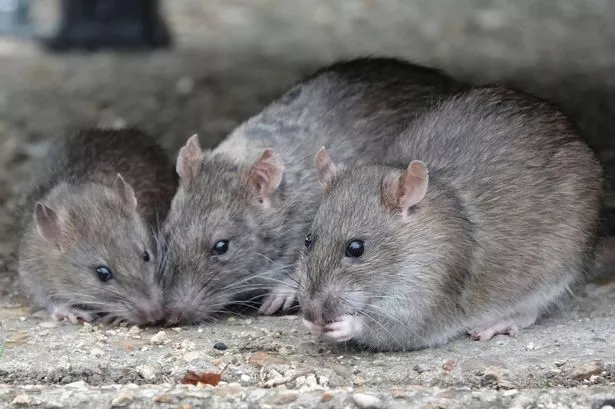
If you’re tired of rats and mice in your garden, there’s a simple way to deter them. You just need one plant that is said to be a “natural” way to keep them out
Katie-Ann Gupwell Content Editor
11:24, 29 Oct 2025Updated 11:24, 29 Oct 2025
Rats can visit homes during the winter (stock image)(Image: Nigel Harris via Getty Images)
This is the season when rats may infiltrate our properties, as they search for refuge from the chillier conditions; nevertheless, there’s a straightforward method you can employ to attempt keeping them at bay. The rodents might be seeking food and a warm spot to overwinter, but you can take measures to help stop them from appearing in your outdoor space.
According to Kris, recognised as PermacultureFX on TikTok, a straightforward plant can be utilised to repel rats and mice. The edible landscape design guru, who posts various gardening advice online, explained the technique works brilliantly if you’re seeking an effortless approach to manage pest control.
Kris mentioned it’s an excellent plant to position near animal feed and bird storage zones, or anywhere that might typically draw rats. You may not realise there are numerous items in your garden that can entice them inside.
In the footage, Kris explained: “I’m going to share with you this plant that we started using around our feed shed that is completely eradicating rats and mice. This is gold.
“It’s a low growing ground cover called panadol. It smells a little bit, but it has some great other medicinal properties. It’s very highly scented, and it literally just keeps the rats and the mice at bay. A really fast growing ground cover.”
Content cannot be displayed without consent
If you’re unfamiliar with it, you can grow panadol in the UK. What you should understand is it needs shelter from frost, as it’s not a winter-hardy plant. Sometimes, it may need to be grown in a pot or protected in the ground.
The plant, a type of Plectranthus, is an aromatic herb celebrated for its medicinal properties and ability to repel pests, although this hasn’t been scientifically proven.
Also known as Plectranthus caninus, the plant is thought to repel rats due to its strong, pungent scent. Many individuals claim that planting it around areas such as feed sheds or fruit trees works to deter rodents like mice, rats, snakes and squirrels.
The scent is only released when the leaves are touched, but the plant is said to be a fast-growing ground cover with potent pest-repelling properties. If you wish to deter pests, it can be planted around the base of trees or bushes, or in ground cover around structures like feed sheds, to create a barrier.
In the comments, one individual asked: “Is it also known as the scaredy cat plant? I have the same thing growing to try and deter feral cats.”
However, there are some considerations to make when purchasing it. If you buy the plant online from outside the UK, you must ensure it has the proper phytosanitary certificates, particularly if ordering from outside the EU.
Buying from a UK retailer will simplify this process. Additionally, there’s a chance people with allergies could react to the plant and it could irritate the skin.
If pets consume it, it can also be harmful as the plant’s essential oils can cause gastrointestinal distress and other symptoms. The level of toxicity will depend on the quantity ingested.
There are also some other plants you might consider to deter rats, if you’re open to trying something different. You could experiment with any type of mint, amaryllis, sweet pea, lavender, daffodils, wood hyacinth (or squill), grape hyacinth, alliums, catnip, camphor plant, elderberry, euphorbias or wormwood.
It’s also believed that oak and bay leaves can ward off rodents. In short, there are a few different strategies you can attempt.





